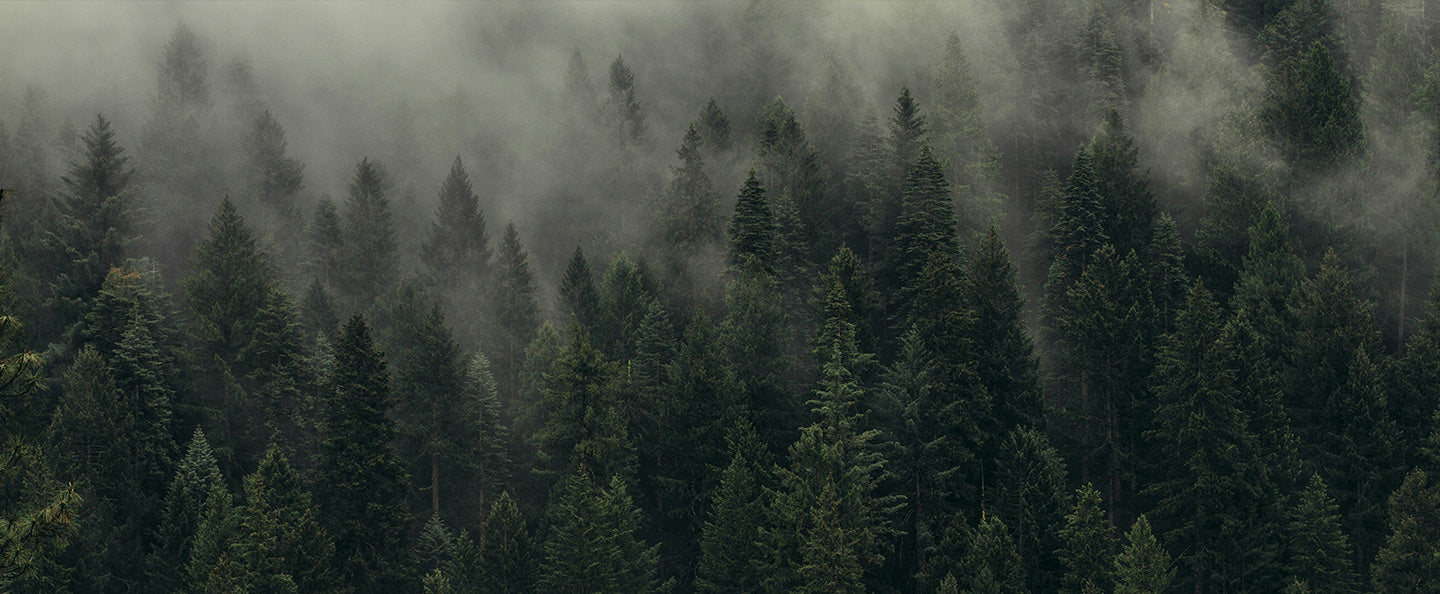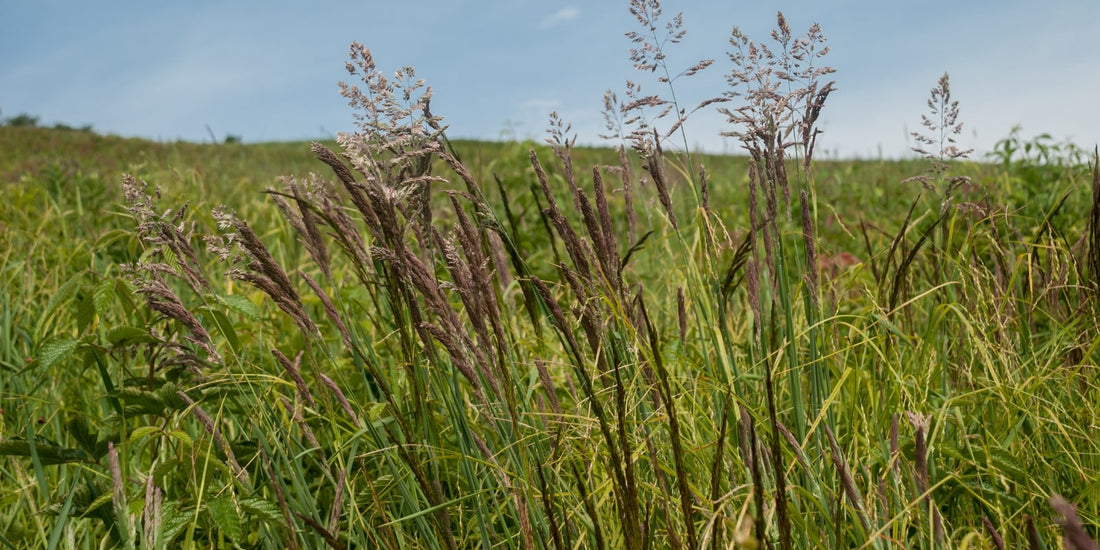Let the grass grow: a wild(er) garden to support wildlife
Introduction
Perfectly manicured lawns are beautiful, there’s no doubt about that, but we need to question the impact of frequent grass cutting on our wildlife. This blog post is not advising you to dispose of your lawn mower and throw away your shears for good, but its aim is simply to get you thinking about ways to support our diverse array of wildlife to ensure that our birds, bees and insects are around for generations to come.
A 2011 survey, ‘The state of the UK’s butterflies', concluded that 72% of butterfly species had decreased over the previous ten years. More and more land that was left to grow wild and free is now being built on or used for agriculture, which has had a detrimental impact on our wildlife. It’s not just the butterflies: a whole host of wildlife is suffering and you can find out more by clicking here to view the RSPB’s report on wildlife, named ‘The State of Nature’. But it’s not too late! No matter how small your patch is, you can help.
We’ve compiled a list of things that you can do:
Varied grass lengths:
As the title of this blog post suggests, letting the grass grow is really beneficial for a range of animals and creatures. This does not mean letting the whole garden grow wild, but leaving small patches can really support wildlife, including our ever-declining population of bees. Different lengths of grass in different areas of your garden is the best approach for supporting biodiversity in your garden and, with some careful consideration, this can look beautiful: you could have a meadow style raised bed and a neat and tidy lawn – the juxtaposition of the two can work really well.
Consideration with artificial lighting:
If you have lights in your garden, make sure you leave unlit patches as well. Artificial lights, including LED and halogen lights, can have a detrimental impact on wildlife: the lights can confuse nocturnal insects, such as moths, and it can disturb the sleep of birds. If you want to light up an area of your garden, opt for solar powered lights which are dimmer.
Bring back the bees:
The landscape of the British countryside has changed: many of our meadows have been utilised for agriculture and building, which has seen a rapid decline in our bee population. To put that into perspective, Bumble Bee Conservation estimate that we have lost 97% of our flower-rich grassland since the 1930s, which has massively impacted our bees. You can do a few small things in your garden to help, though.
- Choose plants and trees with ‘open’ flowers so that the bees can easily get inside (some tubular flowers do not allow this). We would recommend any crab apple variety as the flowers are great for bees and the autumn fruits are great for birds.
- Avoid pesticides. We now know the full extent of pesticide damage and it there are lots of alternatives: see our blog post of natural pest and disease control for more information.
- Build a bee hotel! You can build your own bee hotel, small or large, to really support those solitary bees. You can find more information and a DIY guide here.
There are lots more little ways you can help wildlife that go beyond your own garden, including getting involved with projects and community activities: for more information, visit the Wildlife Trust website here.
Suggested Articles


